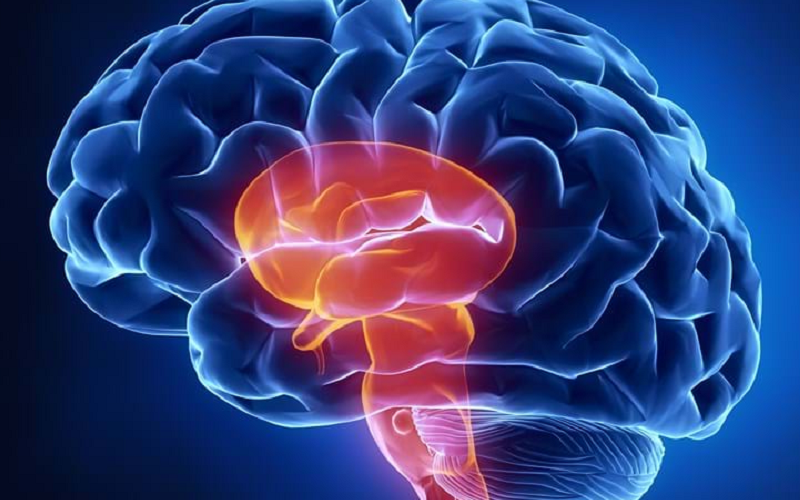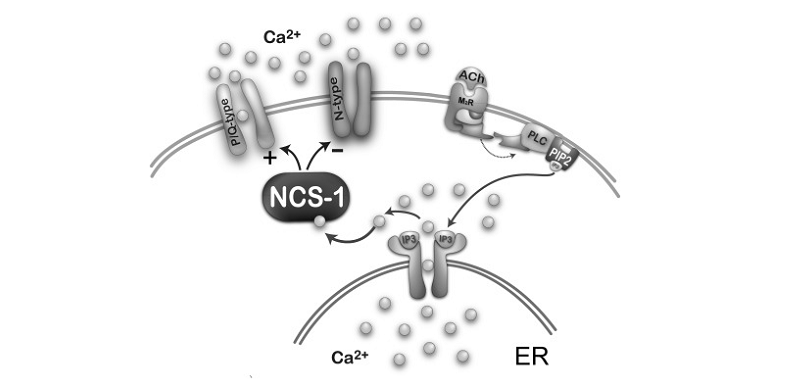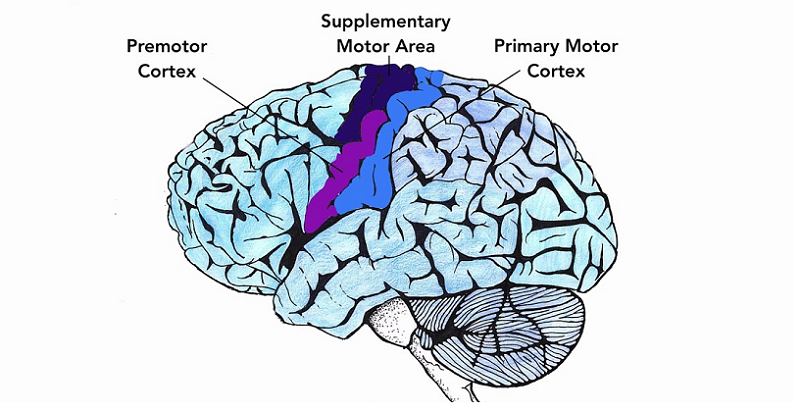
The human brain, a marvel of biology, hosts a vast expanse of intricately woven networks, each part contributing to the symphony of our cognitive functions. Yet, amidst this complex orchestra, certain key players stand out for their distinct roles. One such lesser-known but immensely significant player is the Pedunculopontine Nucleus, or PPN. Often overshadowed by more prominent brain structures, the PPN serves as a fundamental gatekeeper, regulating our arousal and controlling our movements.
Contents
Introduction to the Pedunculopontine Nucleus (PPN)
The human brain, with its billions of neurons and intricate networks, stands as one of the most complex entities in the known universe. Each neuron, every synapse, and the myriad pathways they form contribute to the spectrum of cognitive abilities we display. From basic functions like regulating our heartbeat to advanced cognitive tasks like philosophical thinking, the brain orchestrates a vast array of functions.
A Deep Dive into Its Nooks and Crannies
As we embark on our journey to understand the brain’s intricacies, it becomes imperative to focus not just on its more renowned regions but also on the hidden nooks and crannies that play pivotal roles in our daily lives. These specific nuclei, though smaller in comparison to other structures, are of paramount importance in ensuring the seamless operation of our neurological functions.
The Star of Our Narrative: The Pedunculopontine Nucleus
Enter the Pedunculopontine Nucleus, or PPN. Nestled within the brainstem, the PPN might not garner the same attention as the cerebral cortex or the hippocampus, but its significance is undeniable. Serving as a bridge between arousal and motor control, the PPN is an unsung hero in the grand tapestry of our brain’s function.

Location and Structure of the PPN
When it comes to the brain, location is everything. Each region, each structure, has its dedicated zone, intricately interwoven with its neighbors. While we often hear about the frontal lobes or the amygdala, deeper within the brain lies the focus of our current exploration.
PPN Position in the Brainstem
The Pedunculopontine Nucleus, as its name suggests, is found in close association with the pons, a part of the brainstem. The brainstem acts as a bridge between the cerebral hemispheres and the spinal cord, ensuring smooth communication between the brain and the rest of the body. Within this crucial structure, the PPN situates itself anteriorly, near the boundary of the midbrain and pons [1].
Understanding the PPN’s location in relation to other brain structures can offer insights into its various roles and functionalities.
PPN Relation to Other Key Brain Structures
Adjacent to the PPN, we find the tegmentum, which plays a role in many basic functions, including arousal and motor activity. Moreover, the PPN’s proximity to the thalamus and basal ganglia speaks volumes about its role in movement and arousal regulation. Given its location, the PPN finds itself strategically positioned to influence, and be influenced by, various neurological pathways essential for our daily functions.
Like a microchip in a computer, the PPN might be small, but its design is both intricate and essential for optimal brain performance.
General Structural Overview of the PPN
Upon closer examination, the Pedunculopontine Nucleus is composed of a dense collection of neurons, which can be broadly categorized into cholinergic and non-cholinergic types. The cholinergic neurons, those that release the neurotransmitter acetylcholine, are particularly relevant for the PPN’s role in arousal.
Meanwhile, the non-cholinergic neurons, primarily glutamatergic and GABAergic, play essential parts in modulating motor functions and maintaining a balance in neural excitability. This complex interplay of neuronal types allows the PPN to efficiently execute its multifaceted roles within the brain’s vast network [2].

Arousal and the PPN
Arousal, in a neurological context, is not limited to mere alertness but embodies the brain’s readiness and response to stimuli. This awakened state is a dynamic interplay between various regions, allowing us to interact with the world around us. Central to this orchestration is the Pedunculopontine Nucleus.
Definition of Arousal in a Neurological Context
Arousal refers to the state of being attentive, awake, and reactive to stimuli. It’s a spectrum, ranging from deep sleep to hyper-alertness. Neurologically, arousal involves a complex network of brain structures and pathways that determine our level of consciousness and responsiveness. Chemical messengers, neurotransmitters, play a pivotal role in maintaining this delicate balance, ensuring we are neither too drowsy nor overly stimulated.
Understanding how the PPN contributes to our sense of arousal reveals not only its importance but also its intricate connection to various other brain regions.
How the PPN Regulates Arousal
Role in the Reticular Activating System (RAS)
The RAS, a network of neurons located in the brainstem, is central to regulating wakefulness and sleep-wake transitions. The PPN is an integral component of the RAS, especially with its cholinergic neurons. By releasing acetylcholine, these neurons influence the overall state of arousal, promoting wakefulness and attentiveness [3].
Connection with the Thalamus and Cerebral Cortex
The PPN has direct and indirect pathways to the thalamus, a relay center for sensory and motor signals. Through these connections, the PPN modulates thalamic activity, influencing how sensory information is processed in the cerebral cortex, the brain’s outer layer. This interplay ensures that we remain alert and responsive to our environment, especially during wakeful states.
The PPN’s Impact on Sleep and Wake Cycles
REM Sleep Regulation
Rapid Eye Movement (REM) sleep, often associated with vivid dreams, is a unique phase of our sleep cycle. The PPN, with its cholinergic neurons, is actively involved in initiating and maintaining REM sleep. Any disruption in its activity can lead to sleep anomalies, affecting the quality of our nightly rest.
Implications for Sleep Disorders
Given its central role in arousal and REM sleep, abnormalities or dysfunctions in the PPN can be linked to various sleep disorders. Conditions like REM sleep behavior disorder, where individuals act out their dreams, can be traced back to disruptions in the PPN and its associated pathways. Understanding these links not only sheds light on the etiology of such disorders but also opens avenues for potential therapeutic interventions.
Motor Control and the PPN
From the simple act of walking to the complex maneuvers of a ballet dancer, motor control is an intricate choreography of neural commands. While we often take these movements for granted, a closer look at their orchestration reveals a concert of brain regions working in tandem, with the Pedunculopontine Nucleus playing a pivotal role.
Basic Concept of Motor Control in the Brain
Motor control refers to the process by which our brain initiates, directs, and coordinates movement in our body. It is the culmination of sensory inputs, central processing, and motor outputs, ensuring we interact with our environment efficiently. This process involves several brain regions, from the cerebral cortex, which plans and initiates movement, to the cerebellum and basal ganglia, which refine and optimize these motor commands [4].
Deep within the brain, the PPN stands as a central hub, coordinating and modulating our every move.
PPN’s Role in Initiating Movement
Deep within the brain, the PPN stands as a central hub, coordinating and modulating our every move.
Interactions with Basal Ganglia
The basal ganglia, a group of nuclei in the brain, play a crucial role in regulating voluntary movements. The PPN interacts extensively with the basal ganglia, providing input and receiving feedback. This interaction is vital for initiating movements, ensuring they are smooth and purposeful. When this interaction is disrupted, it can lead to movement disorders, highlighting the PPN’s essential role in motor control.
Its Role in Gait and Posture
Walking, a seemingly simple task, requires intricate coordination of muscles and balance. The PPN plays a critical role in regulating gait and maintaining posture. Its neurons are actively involved in the rhythmic movements associated with walking and ensuring we maintain an upright posture. Disruptions in the PPN’s function can lead to gait abnormalities and postural instability.
Implications for Movement Disorders
A deeper appreciation of the PPN’s role in motor control also brings into focus its implications in various movement disorders.
Parkinson’s Disease and the PPN
Parkinson’s disease, characterized by tremors, rigidity, and bradykinesia, has been linked to dysfunctions within the PPN. Studies have shown reduced cholinergic activity in the PPN of Parkinson’s patients, which may contribute to some of the disease’s motor symptoms. Targeting the PPN, either pharmacologically or through techniques like deep brain stimulation, presents promising avenues for therapeutic interventions [5].
Potential for Therapeutic Interventions
Understanding the PPN’s role in motor control has opened doors to novel treatments for movement disorders. Deep brain stimulation of the PPN has shown potential in alleviating symptoms of Parkinson’s disease and other movement-related conditions. Additionally, pharmacological approaches targeting the PPN’s neurotransmitters might provide relief and improved motor function in affected individuals.
References
[1] Pedunculopontine Nucleus
[2] Rethinking the Pedunculopontine Nucleus: From Cellular Organization to Function
[3] Pedunculopontine Nucleus Region Deep Brain Stimulation
[4] Pedunculopontine nucleus: Functional organization and clinical implications
[5] Pedunculopontine nucleus

